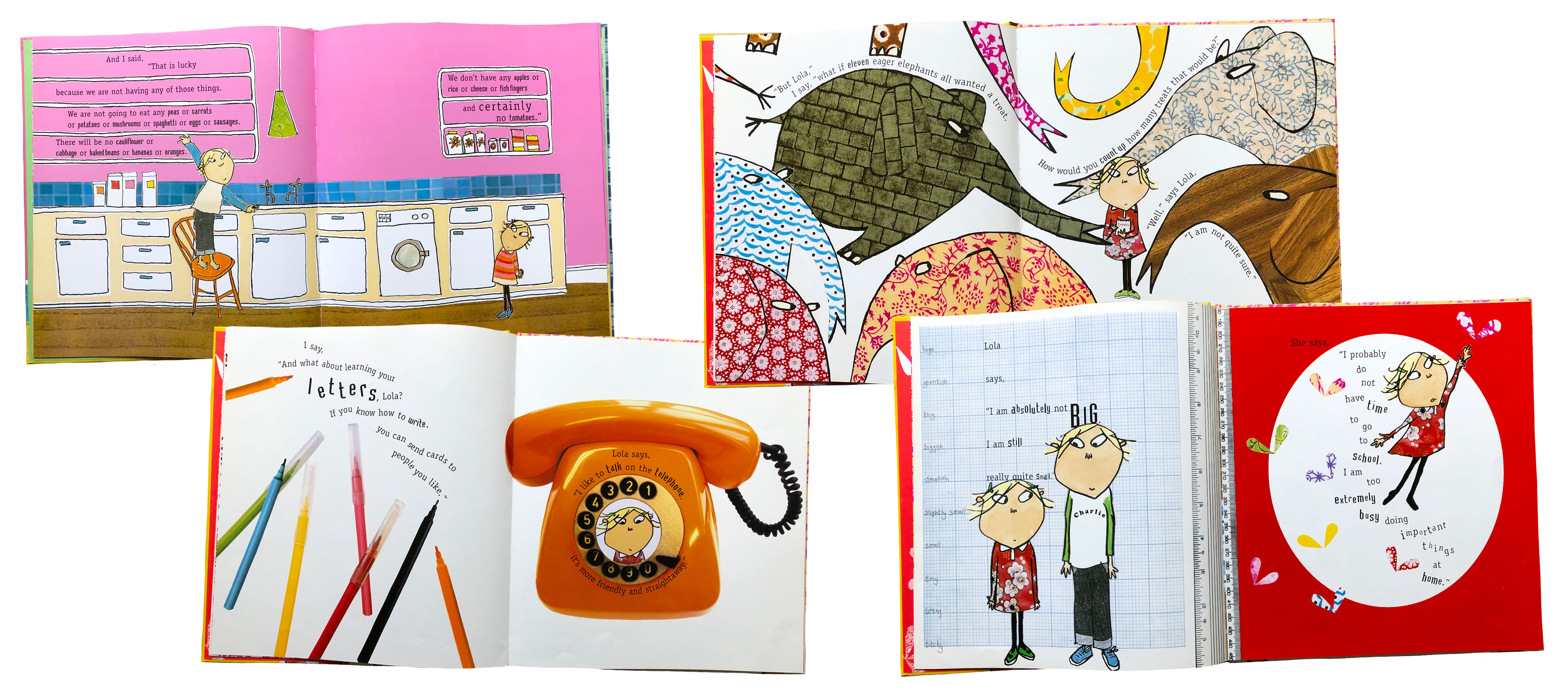Age of The Image- Documentary Ep1 Notes
This week I had my first briefing for the Contextual Studies module. Although I don't have much information yet, the module overview reads, 'To examine the illustration industry in its context, identifying key influences that shape and define the practice. Students will also investigate the potential impact of emerging factors that may influence future industry direction. It will provide the opportunity for students to focus on a specific aspect of their chosen creative practice.' Over the next few weeks, there will be three lectures on Accessibility, Representation and Technology leading up to a 2500 word essay on a chosen subject area.
To get a better idea of what the project is about, we were asked to watch a BBC series called 'Age of the Image' presented by Jamie Fox. This explored the power of images and how they have transformed the modern world. Here are some notes I took during the program.
Episode 1: A New Reality (2nd March 2020)
- 21st Century, 'A population of Image Addicts', obsessed with capturing every moment on camera. In the age of the 'selfie', most photos are useless or unnecessary, diminishing their importance. Almost too readily available/exploited.
- Relating to photographs, film, media, art forms and paintings, sculpture.
- Started with a sort of timeline, showing how the imagery has been inspired through time. French 19th Century post-impressionist painter, Cezanne painted obscure depictions of still life. Representing the 4th dimension, they look ordinary at first glance but are entirely distorted by time, taking into consideration the change in shadows and angles. 'World in perpetual motion', maybe he didn't know what he was doing?
- Around the same time, Thomas Edison was developing the motion picture camera exploring TIME AND MOVEMENT THROUGH IMAGERY. An incredible almost virtual reality of the time. Not yet fully comprehended.
- One of the first cameras, the Brownie by KODAK at only £1, made photography accessible for all and brought about a new era, people could capture and freeze moments.
- 1905, Einstein's Theory of Relativity, general relativity explains the law of gravitation and its relation to other forces of nature meaning everything links in some way.
- Theory inspired a new wave of creatives who explored 4 dimensions, became more abstract and subconscious although no one really understood Einstein's theory. Made people question the bounds of reality.
- 1909, futurist artists started playing with contortion and movement in sculpture, the idea that an object is altered by space, time, light.
- INFLUENCE OF WAR. Frank Hurley, an Australian official photographer for expeditions to Antarctica and wartime. Influenced the way we imagine war yet no one knows his name. Struggled to capture all of the action at once so combined and layered negatives to recreate the fantastical battle scenes. More immersive and impactful.
- TAMPERED IMAGERY started becoming more popular with the age of technology, newspapers started using halftone imagery making it easier and cheaper to print meaning more imagery in papers.
- PHOTOMONTAGE, a German newspaper printed Einstein on the cover. Hannah Hoch, a German Dada artist pioneered this movement by cutting up photos and rearranging them in huge collages, abstracting faces and negatively presenting masculinity and guns, almost saying 'You got us into this mess'. Underlying political connotations. Used Albert Einstein's face to connote hope for the future.
- Fragmented imagery continues to inspire creatives/graphic designers today.
- FILMMAKERS IN HOLLYWOOD, an up-and-coming art form. Based in Hollywood to gets far away from Edison's lawyers! Shot types were developed to help viewers understand the narrative, avoiding any confusion; establishing shot, long shot, close up.
- Buster Keaton explored comedy though film and clever editing to unravel time and show the editing magic behind the scenes. Jumping from one place to another on the screen.
- Ever-evolving world







Comments
Post a Comment